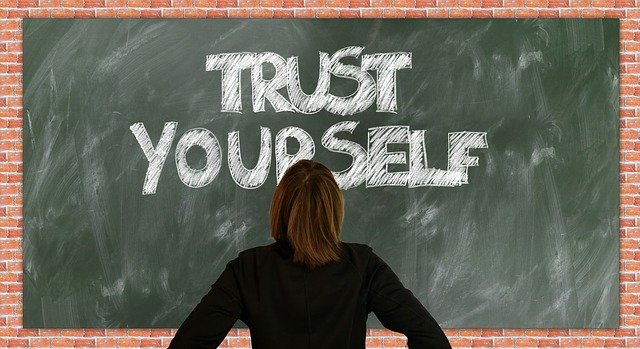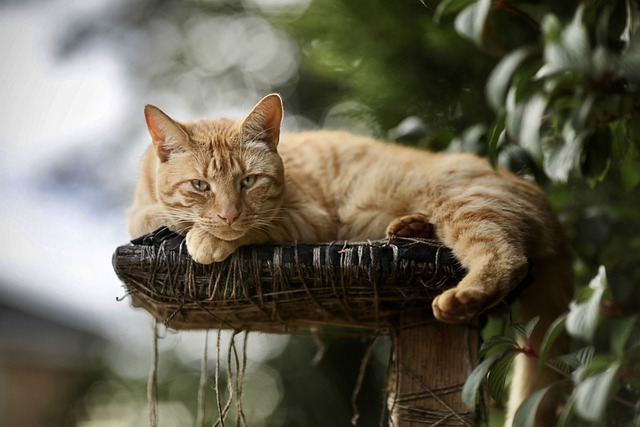Diana Winston, Director of the Mindfulness Education Division in UCLA, provides a guided meditation podcast on the use of mindfulness to manage fear and anxiety. She suggests that our fears can be real (e.g. a physical threat) or imagined (e.g. anxiety about some perceived future scenario which may never happen). Fear is focused on perceptions about the present moment whereas anxiety tends to be longer term and related to imagined adverse futures in whatever form they may take.
We can be fearful about the risk of contracting the Coronavirus, COVID19, and experiencing the associated debilitating effects of this pandemic. We might also be putting off our meaningful work because of unfounded rationalisations about what might go wrong. We might have found that a generalised state of anxiety has disabled us and that our fear response has blocked us from our creativity and capacity to perform at a competent level. Our fear response can be manifested behaviourally as fight, flight or freeze.
In the guided meditation, Diana offers a four stage meditation process to address whatever form our fear or anxiety takes. She maintains that a mindfulness approach can not only increase self-awareness and regulation of our emotions but also enable us to restore our centredness and strengthen our wellbeing and the associated ease.
The four-stage approach to managing fear and anxiety through mindfulness meditation
Diana’s four stage approach incorporates becoming physically grounded, exploring what is happening in the moment, accessing the “wisdom mind” and extending loving kindness towards yourself. The processes in each of the four stages can be summarised as follows:
- Stage 1 – This involves establishing a sense of physical groundedness by feeling your feet on the floor and experiencing the solidity, physical support and stability beneath you. The associated feelings can be strengthened by picturing the solid earth beneath, no matter how much your are above ground level at the time of the meditation. ‘
- Stage 2 – Here you are encouraged to face the fear in its various manifestations – bodily sensations, racing mind and unsettling feelings. The core question is, What does fear feel like? Do you experience increase heart rate, sweating, headache or a “clenched stomach”. What thoughts are generating your fear and/or anxiety and what negative thoughts and worldview are you adopting? What is happening for you emotionally, e.g. crying, withdrawing, being angry and/or aggressive or experiencing inertia?
- Stage 3 – Once you achieve a degree of calmness, you can seek to access your “wisdom mind” which deserts you when you are in turmoil. Mindfulness can provide a pathway to wisdom and open the door to our intuition and creativity. Sharon Salzberg maintains that meditation can stimulate our innate wisdom through recognition of agency, appreciating moments of joy and richness, identifying boundaries of control, strengthening our sense of connectedness (replacing a sense of aloneness) and assisting us to deal effectively with difficult thoughts and emotions.
- Stage 4 – Here you are encouraged to tap into loving kindness towards yourself – providing understanding, a non-judgmental stance and reassurance. You can extend towards yourself the same thoughtfulness, forgiveness and generosity that you show towards others in need.
Reflection
If we are anxious, we may need to explore a range of regular practices to restore balance in our life. Judson Brewer, in his book Unwinding Anxiety, maintains that mindfulness does not stop anxious thoughts or change them but “changes our relationship to those thoughts and emotions”. He offers a “mindfulness personality quiz” to help you identify your behavioural patterns and provides ways to “train your brain to heal your mind”.
Meditation and other mindfulness practices such as chanting help us to reframe our life and overcome adversity by developing insight and resilience. As we grow in mindfulness, we can deepen our self-awareness, regain control over our thoughts and emotions and build the resilience required to live in these challenging times.
__________________________________________
Image by Rudy and Peter Skitterians from Pixabay
By Ron Passfield – Copyright (Creative Commons license, Attribution–Non Commercial–No Derivatives)
Disclosure: If you purchase a product through this site, I may earn a commission which will help to pay for the site, the associated Meetup group, and the resources to support the blog.









